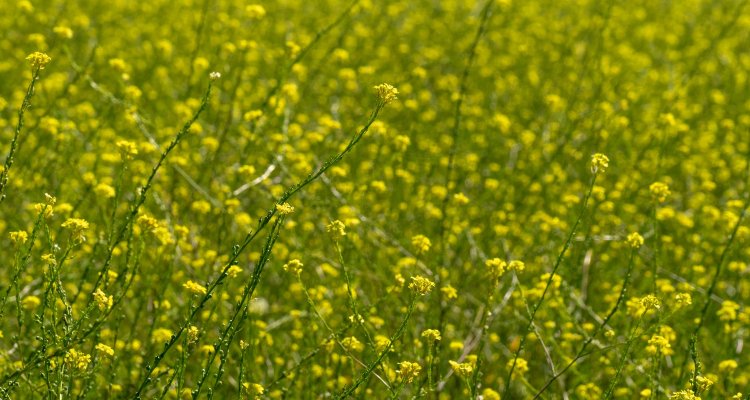
Project
Quantitative analysis of photosynthesis of a super-performer
During photosynthesis, light energy is converted into chemical energy, which is then mainly used for the fixation of carbon dioxide. Insight into the quantitative aspects of photosynthesis and CO2 exchange has been very much advanced by experimentation and modelling.
Background
The classical biochemical model of Farquhar, Von Caemmerer and Berry has paved the way and this model has since been elaborated and improved. Making use of their concepts, it is possible to estimate a wide diversity of biologically relevant photosynthesis-related parameters based on a specific measuring protocol followed by several steps of curve fitting.
Plants of different natural habitats differ in their response to increases in the amount of light intercepted, i.e. plants differ in the decrease of light use efficiency with an increase in incoming radiation. A very good example of a species with a high light use efficiency even at very high levels of incoming light is shortpod mustard (Hirschfeldia incana; formerly Brassica geniculata). It is known for its large environmental plasticity and it grows well at elevated temperatures. It is therefore worthwhile to investigate in great detail the responses of this species to environmental factors influencing the rate of photosynthesis and to quantify in great detail what factors contribute to its high rate of photosynthesis. Equally important it is necessary to compare it with a crop species that is closely related. Based on such a quantitative comparison based on, supported by and enhanced by modelling, we can identify avenues for crop improvement.
Plants performing well under high light intensity may demonstrate a relatively high electron transport efficiency, a large proportion of electrons following more efficient alternative electron pathways, and/or a high Rubisco carboxylation efficiency. In all cases they also require a high rate of physical transport of CO2 to the carboxylation site and a low rate of loss of CO2 that arises from (photo)respiration. The latter aspects are very strongly influenced by biochemistry, leaf anatomical factors and the positioning of different organelles within the mesophyll cells of C3 plants. However, which of these (photochemical, biochemical, physical and anatomical) aspects (co)contribute most to the high photosynthetic productivity and plasticity of Hirschfeldia incana is yet to unravelled.
Methods and expectations
We offer MSc students the opportunity to work on various aspects of photosynthesis of Hirschfeldia and other Brassicaceae, mainly related to their responses to environmental factors. We offer opportunities for experimental work, modelling topics and combinations of the two methodologies. We prefer combined modelling and experimental approaches. Depending on availability of facilities, the work can take place throughout the year. In most cases, collaboration with other chair groups will be part of the practical arrangements.